Growing vegetables during winter is easy! There are so many cool-weather greens to choose from. But which vegetables are the worst to grow during the cool season? And are they vegetables?
Vegetables can be confusing. There are so many fruits and herbs that we call vegetables, like tomatoes, peppers, basil, and cilantro. For the sake of this article, we are going to list plants from the USDA’s MyPlate Vegetable Group. Follow along to discover eight vegetables to avoid growing in winter.
Okra
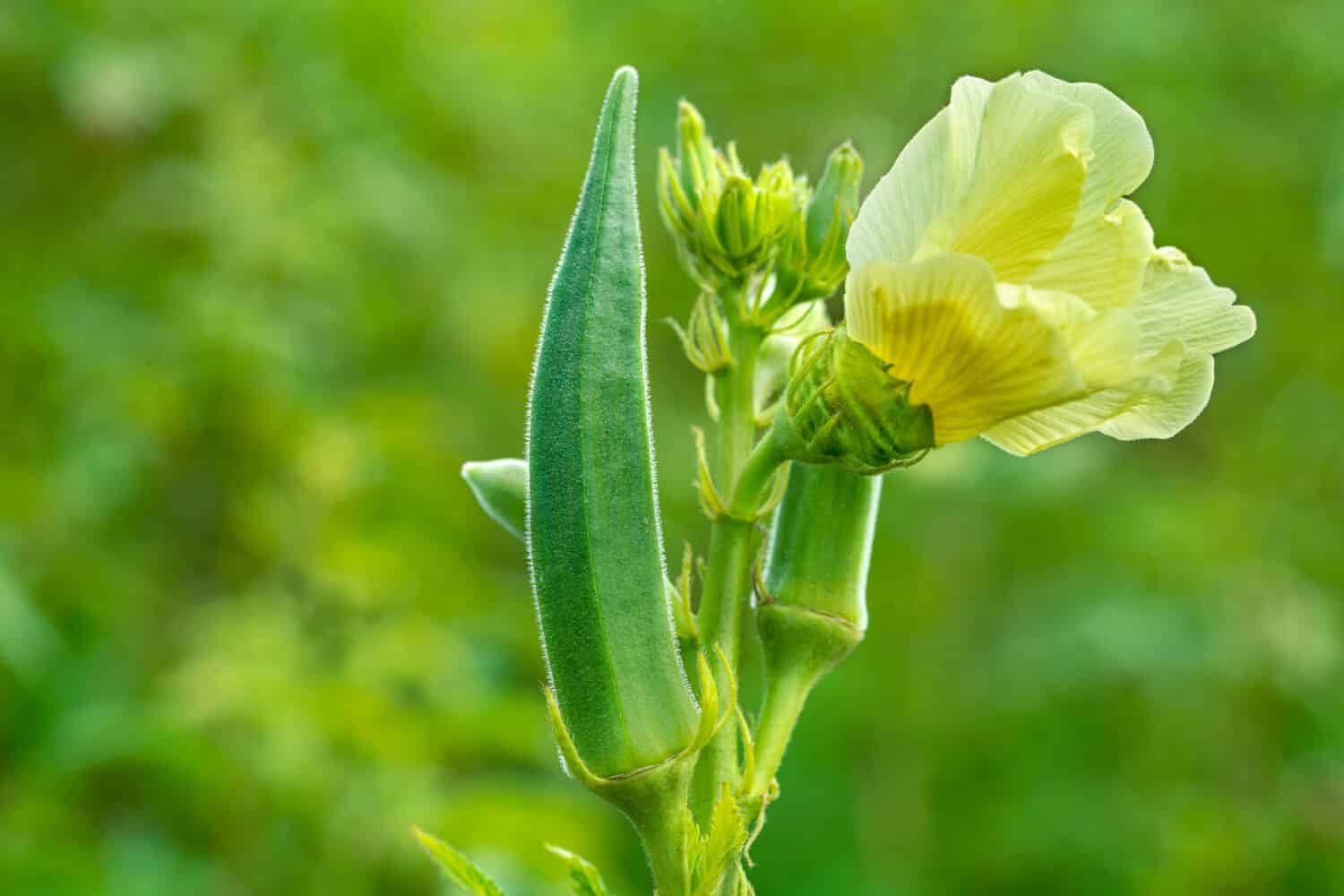
Okra plants are drought tolerant.
©Hari Mahidhar/Shutterstock.com
The first vegetable to avoid growing during winter is okra. Okra is a delicious flowering plant native to East Africa. They produce edible pods for dishes like gumbo, southern fried okra, and okra with tomatoes.
Okra isn’t frost-tolerant, though. The best time to plant okra is spring, after the last expected frost. It’s a hardy plant that withstands intense summers with full sun and drought.
While you shouldn’t plant okra during winter, it may survive frost. However, if possible, bringing your okra plant indoors is best if you live in a cooler environment. During winter, though, mature plants may survive freezing temperatures and bounce back during spring. This isn’t a guarantee, though. If you want to keep growing okra, take the seeds from the okra pods and dry them for spring planting.
Basil
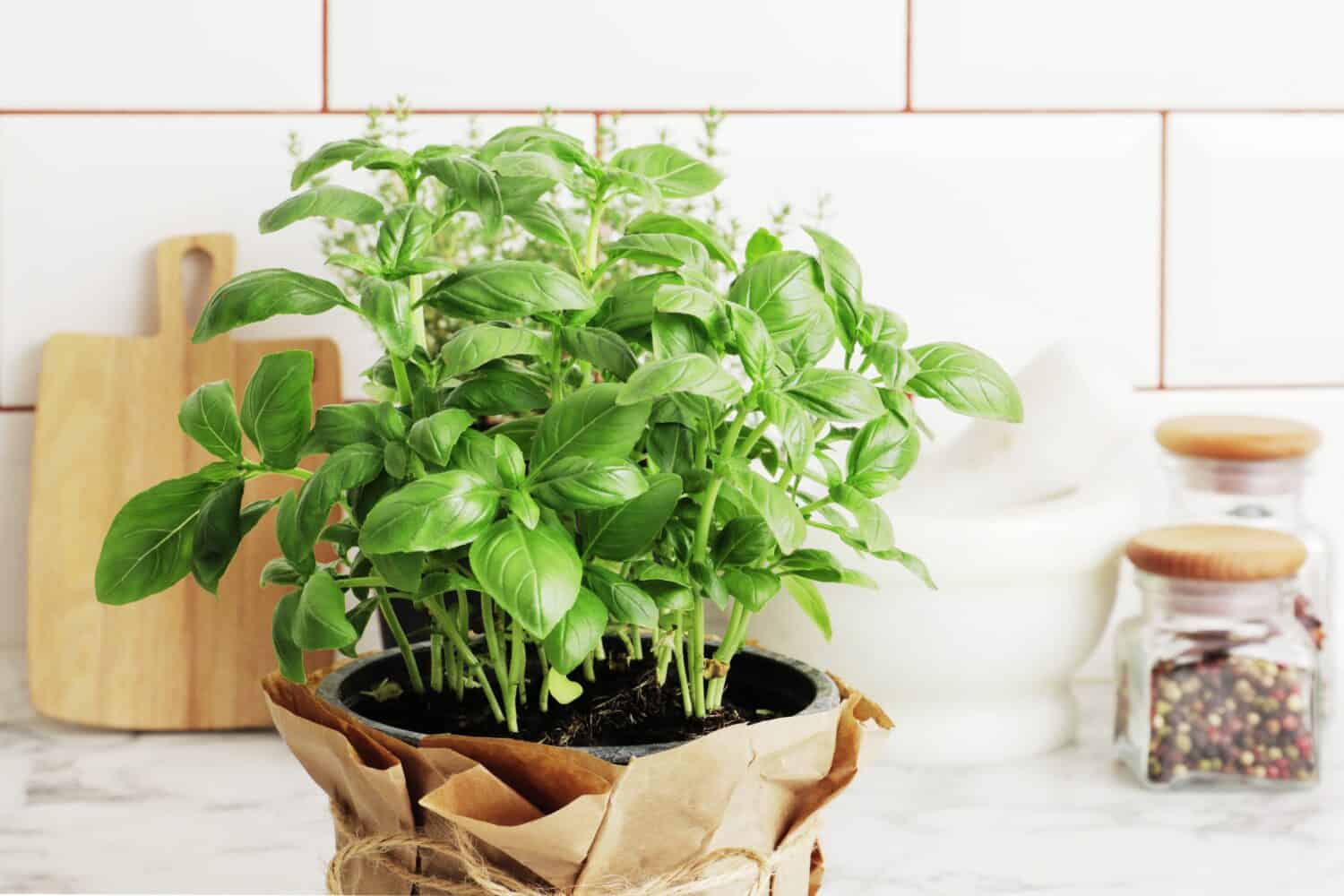
There are over 60 varieties of basil plants.
©PandaStudio/Shutterstock.com
Basil is an herb, but it’s sometimes categorized as a vegetable. This fragrant plant is native to tropical regions from Central Africa to Southeast Asia and is a common ingredient in many Mediterranean dishes.
Basil can be tricky to grow, although not impossible. It needs full sun but can also bolt if temperatures reach 90°F consistently, your plant may bolt. When it does this, it’s the end of the basil plant’s life cycle. You can collect seeds, but don’t eat the leaves as they are bitter.
When to plant basil depends on the variety you choose. There are over 60 varieties of basil plants, ranging in size and color. While panting during winter is a mistake, you can also overwinter your basil plant indoors. Basil is an easy herb to grow indoors by a window or with the use of a grow light. You can also plant basil in an indoor hydroponics system for year-round harvest.
Squash
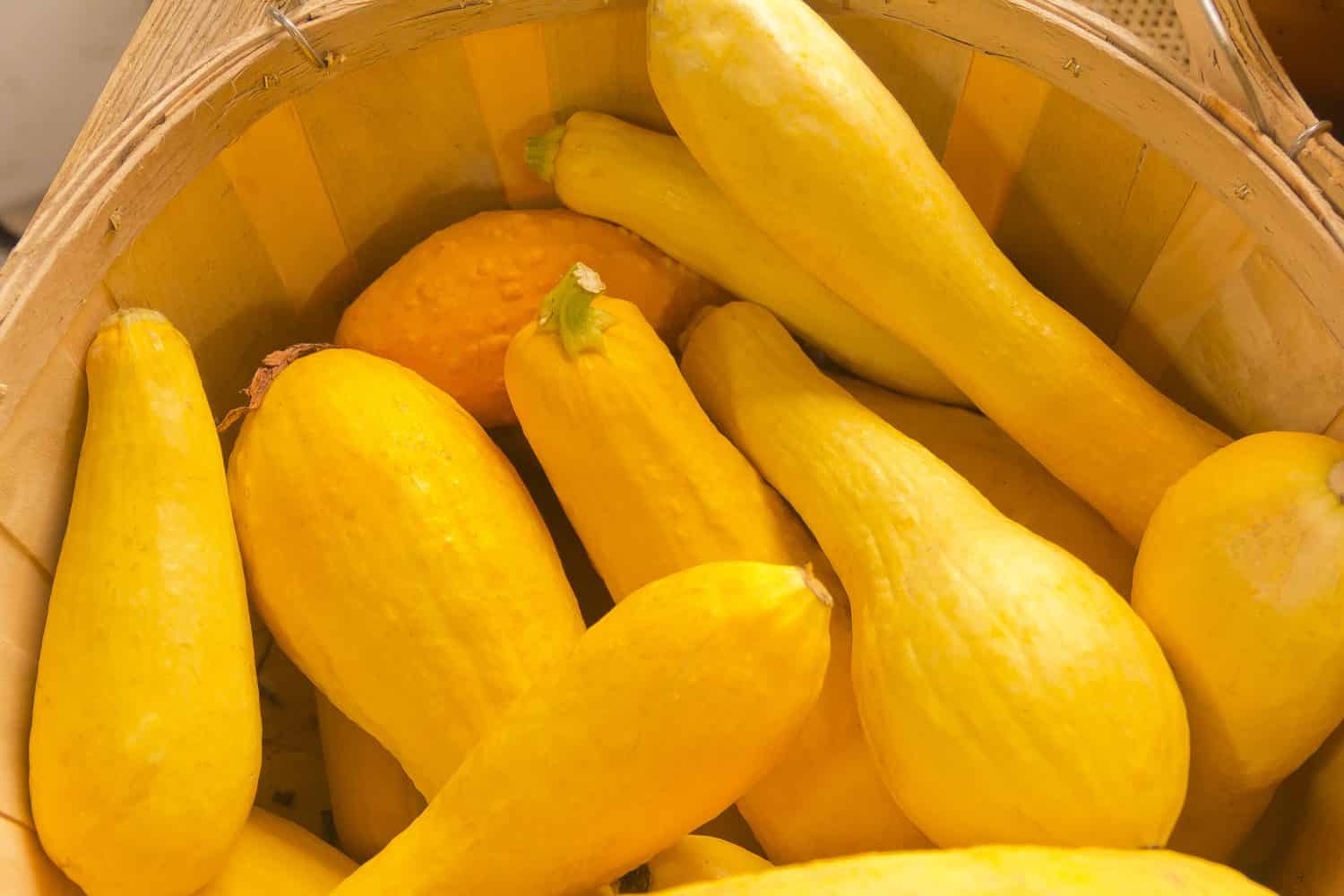
Squash plants need a lot of space to grow.
©Ezume Images/Shutterstock.com
Third on our list of 8 vegetables to avoid growing in winter is squash. Most people think of fall when they imagine squash, not winter. This is for a reason. Technically though, some winter squashes thrive during cooler weather, but generally in warmer climates. For instance, you’ll likely get away with growing squashes in Florida compared to North Dakota during the winter.
Squash plants also need a lot of space to grow. You can either grow them in the ground with the use of mounds or in large 5 to 10-gallon containers. Starting the seeds 3 to 4 weeks before your last frost date in spring is best. Squash takes a long time to grow and mature, sometimes up to 130 days. Although challenging to grow in winter, squash is a great vegetable to eat during this season. Some squash dishes are roasted butternut squash, squash and tomato soup, and yellow squash casserole.
Beans

It can take beans less than three months to be ready for harvest.
©Paul Maguire/Shutterstock.com
Beans are a lot of fun to grow. They grow fast and can be harvested in just one to two months depending on the type. Although beans are an excellent vegetable (also categorized as a protein) to grow, they can be tricky. These plants don’t tolerate hot summers or intense winters.
Beans can tolerate some frost but will stop producing flowers. They die when temperatures consistently drop below 10 to 15°F. Beans germinate in soil temperatures of 70 to 90°F. Anything lower, and the chances of germination drop.
You can do this outdoors or by directly planting the seeds outside when germinating beans. If you grow them indoors, use a wet paper towel and place the seed in a plastic bag. Poke some holes so the seed has room to breathe. If you’re interested in growing beans, you can also use dried beans from a store. Although sometimes, they are too old and don’t germinate.
Tomatoes
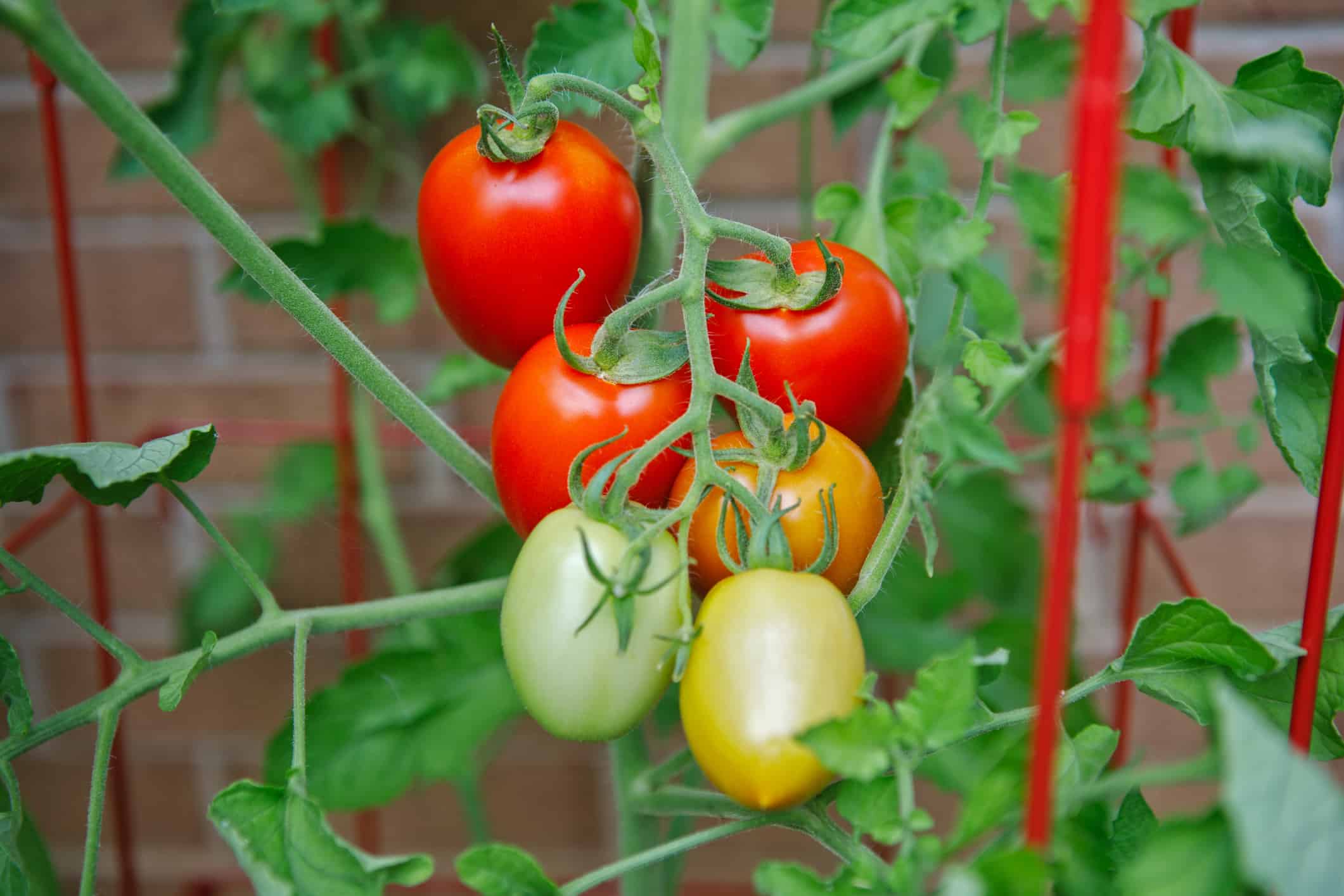
While tomatoes may survive winter, it’s best to plant them during early spring as they are warm-season plants.
©eurobanks/iStock via Getty Images
While tomatoes are a fruit because they grow from flowers and have seeds on the inside, they are categorized as a vegetable in the vegetable group by USDA MyPlate. Tomatoes can be grown in the winter if you live in an area with mild winters, like Florida or Texas. However, tomatoes are best grown from spring to fall. Sometimes though, summers are too intense, and your plant may stop producing flowers to conserve energy.
It’s best to avoid starting tomato plants during the winter as the seeds may not germinate. If you have a hardy and tall tomato plant, it may survive winter, but you’ll need to prune it down. You can also use this opportunity to plant tomato cuttings inside with grow lights or an indoor greenhouse.
Peppers
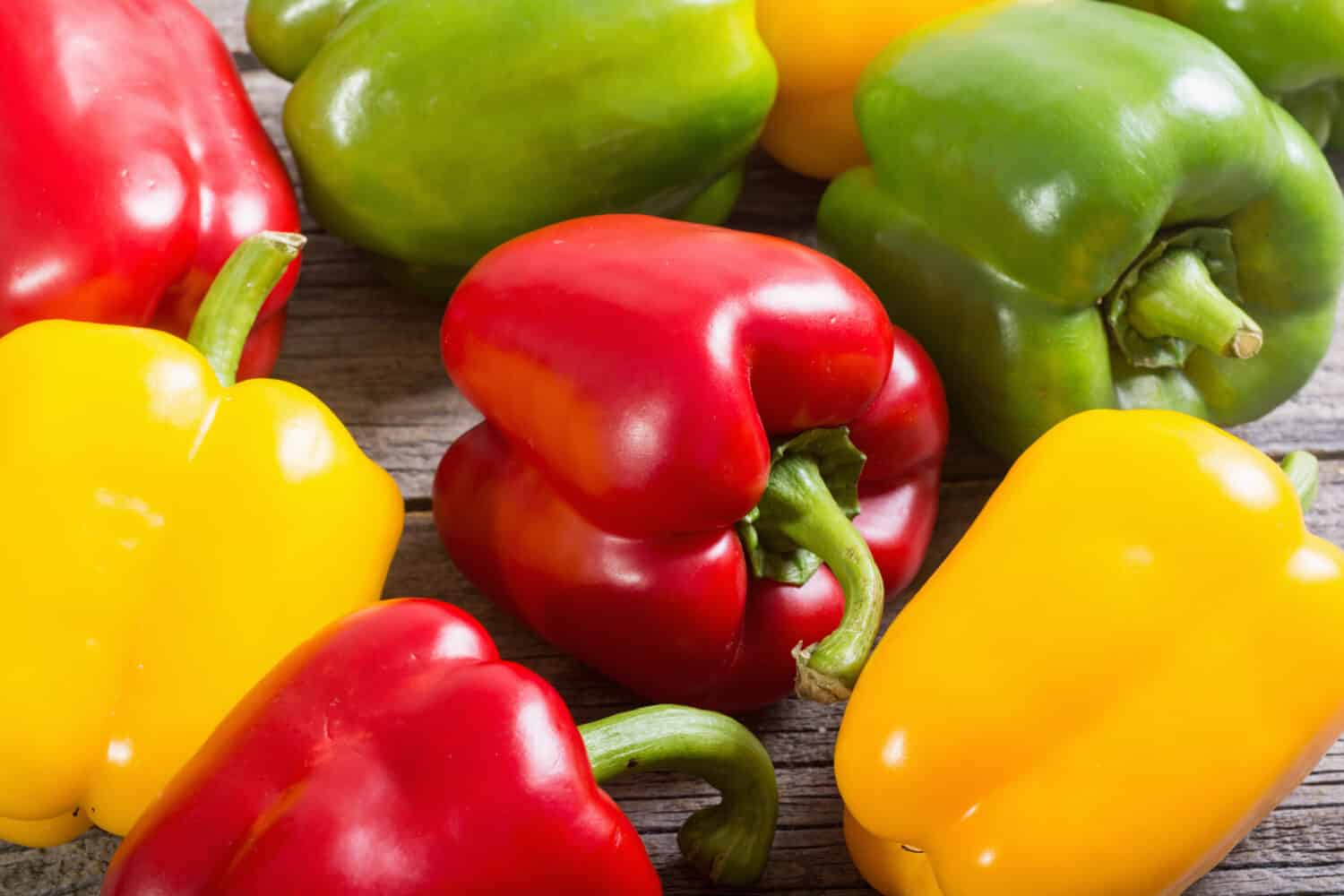
Pepper plants prefer warm temperatures and climates. They die quickly when exposed to frost.
©AlexeiLogvinovich/Shutterstock.com
Another plant on our list of vegetables to avoid growing in winter is peppers; this includes peppers like jalapenos, habanero peppers, serrano peppers, bell peppers, and chili peppers. Peppers are warm-loving plants. Warm temperatures are important for the seeds to germinate and for the plant to produce flowers and fruit. When temperatures drop too low during winter, pepper plants can start to wither and die.
While it’s not recommended to start pepper plants in winter, you can overwinter them inside. The best way to do this is by pruning your pepper plants and bringing them inside. Cut down the branches so your plant is short. This also means getting rid of any flowers or fruit. When plants are overwintering, they are conserving energy to get a head-start during spring. If you leave any branches, flowers, or leaves, the pepper plant will focus on growing.
Rosemary

It can take rosemary seeds 2 to 3 weeks to germinate.
©wmaster890/ via Getty Images
Rosemary plants can grow in the winter but are harder to keep alive. If you want to grow rosemary and overwinter it outside, you can do so in USDA zones 8 to 11. To keep rosemary plants happy, healthy, and warm, you may need to add mulch to the base of your plant. This helps keep your plant alive if temperatures drop below freezing.
The best time to plant rosemary seeds is in spring. The seeds germinate at temperatures between 65 to 70°F and can take up to three weeks. You can start seeds indoors before the last frost in winter.
Cucumbers
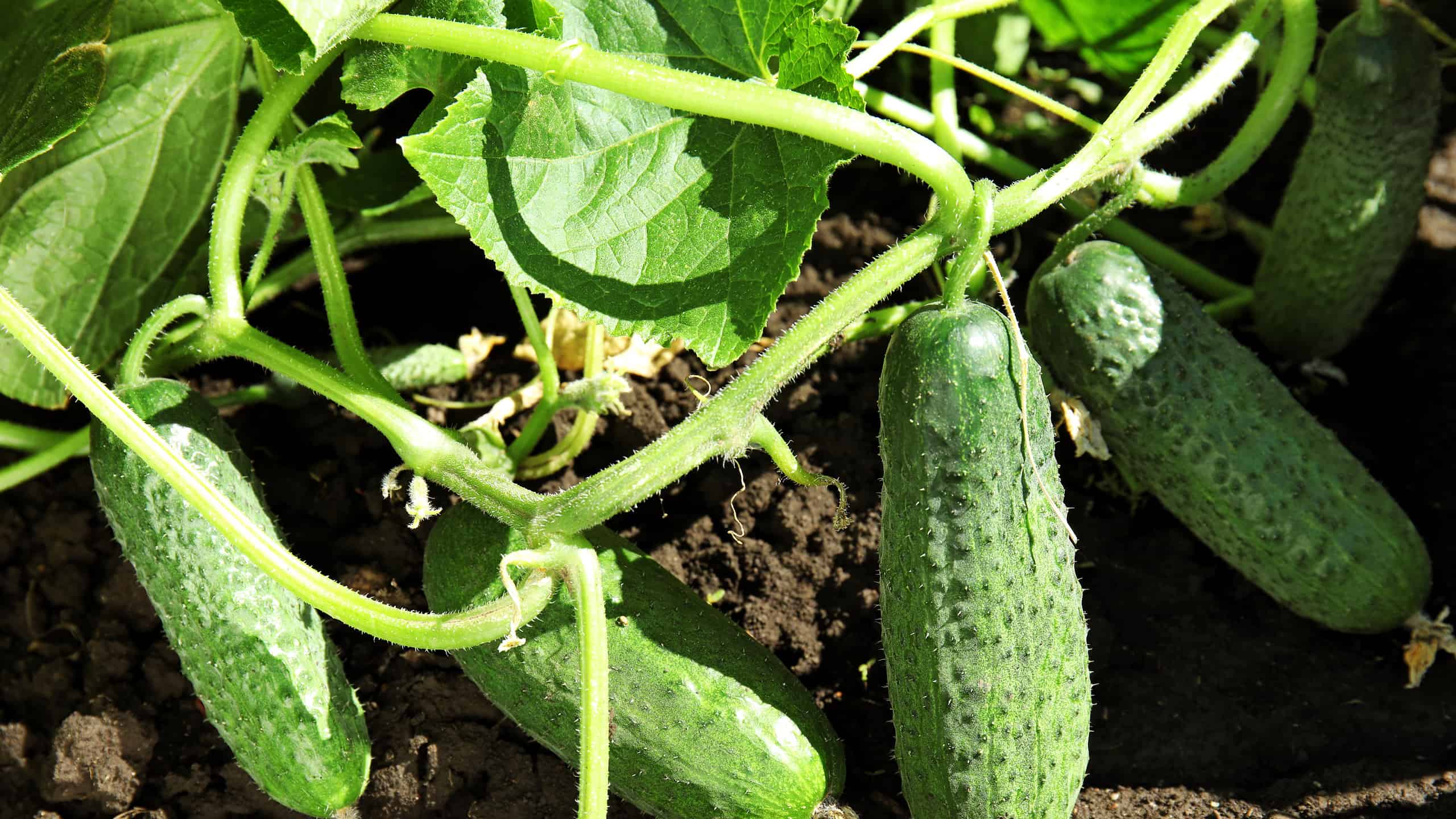
Cucumber seeds germinate in temperatures of 70 to 95°F.
©New Africa/Shutterstock.com
Last but not least are cucumbers. These delicious vegetables are excellent in salads and as a snack with ranch or hummus. Cucumbers, though, don’t tolerate the cold. You can try growing these plants in places with mild winters, but cold snaps may kill them.
Cucumber plants are warm-season vegetables. They grow from spring to fall and flower multiple times. These plants, though, need a lot of space to grow. If you want to maximize your space, you can use vertical growing. Some people even grow cucumbers on arches, trailing the vines and gently tying growing fruit to a trellis. Cucumber seeds germinate quickly, sometimes in as little as 3 days. The seeds germinate in soil temperatures of 70 to 95°F.
Summary of the 8 Vegetables to Avoid Growing in Winter
| # | Vegetable |
|---|---|
| 1 | Okra |
| 2 | Basil |
| 3 | Squash |
| 4 | Bean |
| 5 | Tomato |
| 6 | Pepper |
| 7 | Rosemary |
| 8 | Cucumber |
The photo featured at the top of this post is © Kcuxen/Shutterstock.com
Thank you for reading! Have some feedback for us? Contact the AZ Animals editorial team.







